26 PROPERTY FROM A PRIVATE AMERICAN COLLECTION Rachel Whiteread Block 2005 plaster, painted steel, laminated wood 55 1/2 x 55 1/8 x 29 1/2 in. (141 x 140 x 74.9 cm)
Provenance Gagosian Gallery, London Exhibited London, Gagosian Gallery, Rachel Whiteread Sculpture, October 19 - December 3, 2005Dallas, Nasher Sculpture Center, Rachel Whiteread Drawings, May 22 - August 15, 2010 Literature Rachel Whiteread Sculpture, exh. cat., Gagosian Gallery, London, 2005, pp. 42-43 (illustrated) Catalogue Essay “I don’t think it’s going to be like a room full of cardboard boxes. It’s going to be a room, I would imagine, full of light and space and built elements, and you’ll figure out what they are, but it might take a bit of time to do that. It’s going to be a spectacle, and theatrical, and it has to be.” Rachel Whiteread 2005 Rachel Whiteread’s Block from 2005 is a continuation of the artist’s relentless examination of what happens to objects when they are replicated, not exactly as they were, nor as they appear externally, but what the space contained within them is like. Her first major breakthrough, Ghost from 1990, was a full-scale casting of the interior of a room within an old London house, very similar to the one in which she grew up. Subsequently, Whiteread proceeded to cast the entirety of a house in October, 1993. House generated much critical response and went on to win Whiteread the Turner Prize for best young British artist in that same year. Whiteread’s casts reference her sculptural predecessors from Minimalism to Conceptualism and borrows from them a particular reductive, visual language, but, in opposition to their untouched and industrial nature, Whiteread’s works retain a distinctly human quality. Her choice of material, whether plaster, resin or rubber, lends the work a relatability and fragility that echoes the imperfect spaces created by traces of human life. Born not from an emotionally austere framework, Whiteread’s practice instead reflects an intensely personal narrative. Her work deeply investigates the inner life of the rooms and objects which make up the fabric of our surrounds – those objects which are present and tangible yet commonly ignored or overlooked. These are the objects which assume the pentimenti of daily life, objects that are imbued with collective histories just by their very nature and presence. In 2005, Whiteread’s mother passed away at a time when the artist was already managing a number of other tumultuous life-events such as moving her own house and studio, as well as the birth of a son. She was awarded the commission to the Turbine Hall at the Tate Modern and set about trying to conceive of a work that would succeed in such a voluminous space. Instead of casting the Hall itself, or other similarly large structure, she instead looked for an object which could be used as a standard unit of construction. Whiteread ultimately settled on the cardboard box and cast thousands upon thousands of these objects – these remnants of the self-same boxes had become so emotionally (and physically) loaded in the process of managing her mother’s affairs after her passing, as well as Whiteread’s own various personal disruptions. “My mother’s house was still full up of stuff. And my house was still full up of stuff from having moved and still having the builders in. so [sic] I was in this place of literally not being able to unpack my life, my mum’s life – my parents’ lives.” (R. Whiteread quoted in “So Rachel Whiteread what’s with the boxes?” The Guardian, October 11, 2005, p. 44) Block from 2005 is directly related to this installation and was exhibited concurrently in Gagosian Gallery’s London space. Block encompasses the same pathos and intimacy which these boxes at the Tate came to represent. The liminal space of the original material of the box, that slip of cardboard between the outside world and those objects contained within, became, in essence, the skin of another being. The relics of her and her mother’s personal history packed inside the original boxes are thus transformed into the physicality of her work. The boxes, loaded as they were, reflected the direc
26 PROPERTY FROM A PRIVATE AMERICAN COLLECTION Rachel Whiteread Block 2005 plaster, painted steel, laminated wood 55 1/2 x 55 1/8 x 29 1/2 in. (141 x 140 x 74.9 cm)
Provenance Gagosian Gallery, London Exhibited London, Gagosian Gallery, Rachel Whiteread Sculpture, October 19 - December 3, 2005Dallas, Nasher Sculpture Center, Rachel Whiteread Drawings, May 22 - August 15, 2010 Literature Rachel Whiteread Sculpture, exh. cat., Gagosian Gallery, London, 2005, pp. 42-43 (illustrated) Catalogue Essay “I don’t think it’s going to be like a room full of cardboard boxes. It’s going to be a room, I would imagine, full of light and space and built elements, and you’ll figure out what they are, but it might take a bit of time to do that. It’s going to be a spectacle, and theatrical, and it has to be.” Rachel Whiteread 2005 Rachel Whiteread’s Block from 2005 is a continuation of the artist’s relentless examination of what happens to objects when they are replicated, not exactly as they were, nor as they appear externally, but what the space contained within them is like. Her first major breakthrough, Ghost from 1990, was a full-scale casting of the interior of a room within an old London house, very similar to the one in which she grew up. Subsequently, Whiteread proceeded to cast the entirety of a house in October, 1993. House generated much critical response and went on to win Whiteread the Turner Prize for best young British artist in that same year. Whiteread’s casts reference her sculptural predecessors from Minimalism to Conceptualism and borrows from them a particular reductive, visual language, but, in opposition to their untouched and industrial nature, Whiteread’s works retain a distinctly human quality. Her choice of material, whether plaster, resin or rubber, lends the work a relatability and fragility that echoes the imperfect spaces created by traces of human life. Born not from an emotionally austere framework, Whiteread’s practice instead reflects an intensely personal narrative. Her work deeply investigates the inner life of the rooms and objects which make up the fabric of our surrounds – those objects which are present and tangible yet commonly ignored or overlooked. These are the objects which assume the pentimenti of daily life, objects that are imbued with collective histories just by their very nature and presence. In 2005, Whiteread’s mother passed away at a time when the artist was already managing a number of other tumultuous life-events such as moving her own house and studio, as well as the birth of a son. She was awarded the commission to the Turbine Hall at the Tate Modern and set about trying to conceive of a work that would succeed in such a voluminous space. Instead of casting the Hall itself, or other similarly large structure, she instead looked for an object which could be used as a standard unit of construction. Whiteread ultimately settled on the cardboard box and cast thousands upon thousands of these objects – these remnants of the self-same boxes had become so emotionally (and physically) loaded in the process of managing her mother’s affairs after her passing, as well as Whiteread’s own various personal disruptions. “My mother’s house was still full up of stuff. And my house was still full up of stuff from having moved and still having the builders in. so [sic] I was in this place of literally not being able to unpack my life, my mum’s life – my parents’ lives.” (R. Whiteread quoted in “So Rachel Whiteread what’s with the boxes?” The Guardian, October 11, 2005, p. 44) Block from 2005 is directly related to this installation and was exhibited concurrently in Gagosian Gallery’s London space. Block encompasses the same pathos and intimacy which these boxes at the Tate came to represent. The liminal space of the original material of the box, that slip of cardboard between the outside world and those objects contained within, became, in essence, the skin of another being. The relics of her and her mother’s personal history packed inside the original boxes are thus transformed into the physicality of her work. The boxes, loaded as they were, reflected the direc
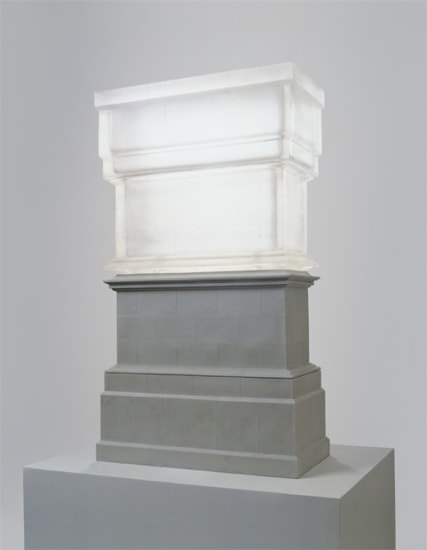
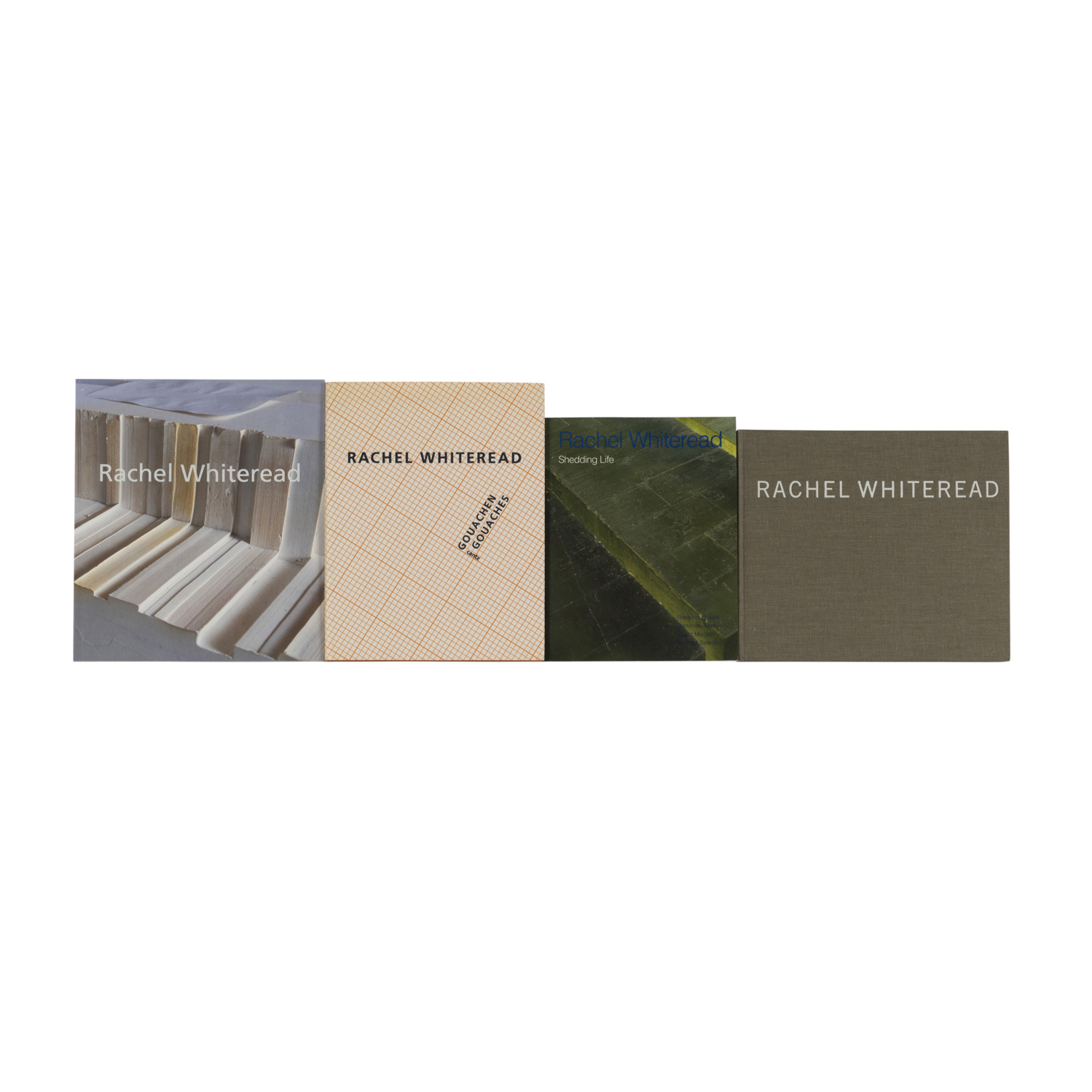
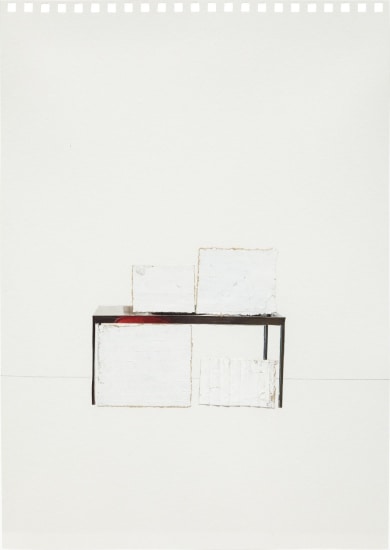
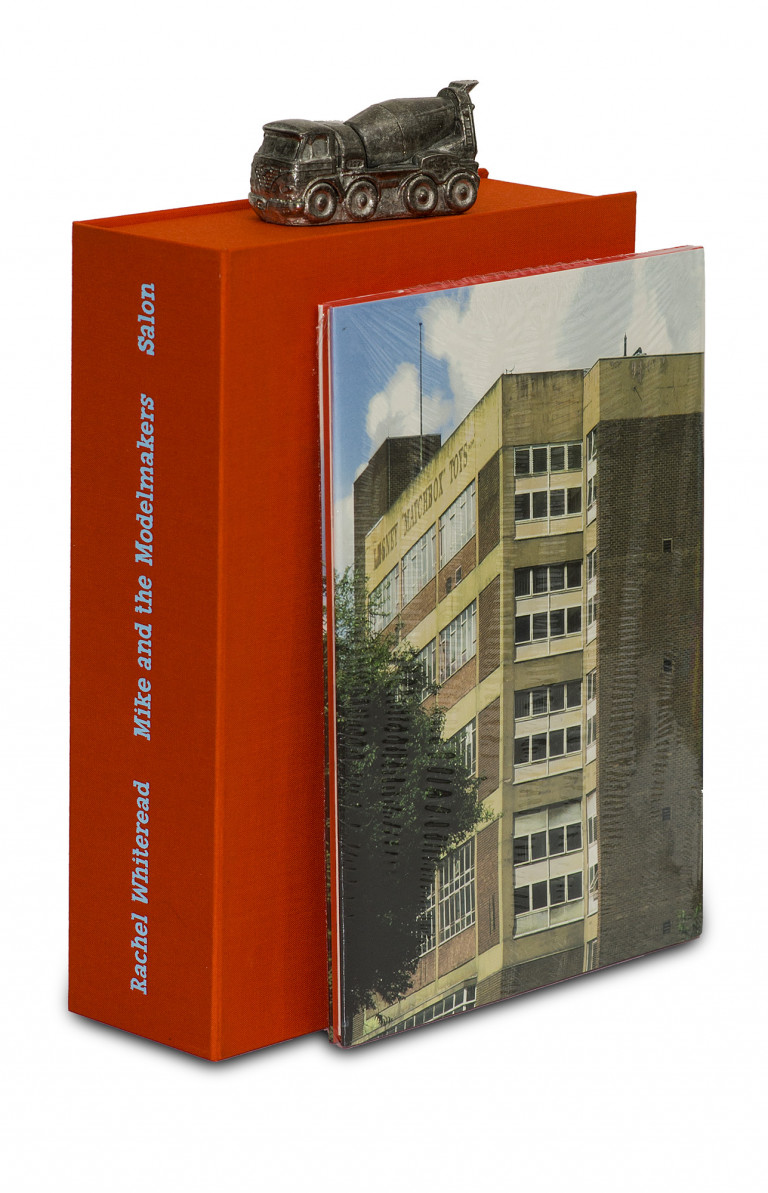
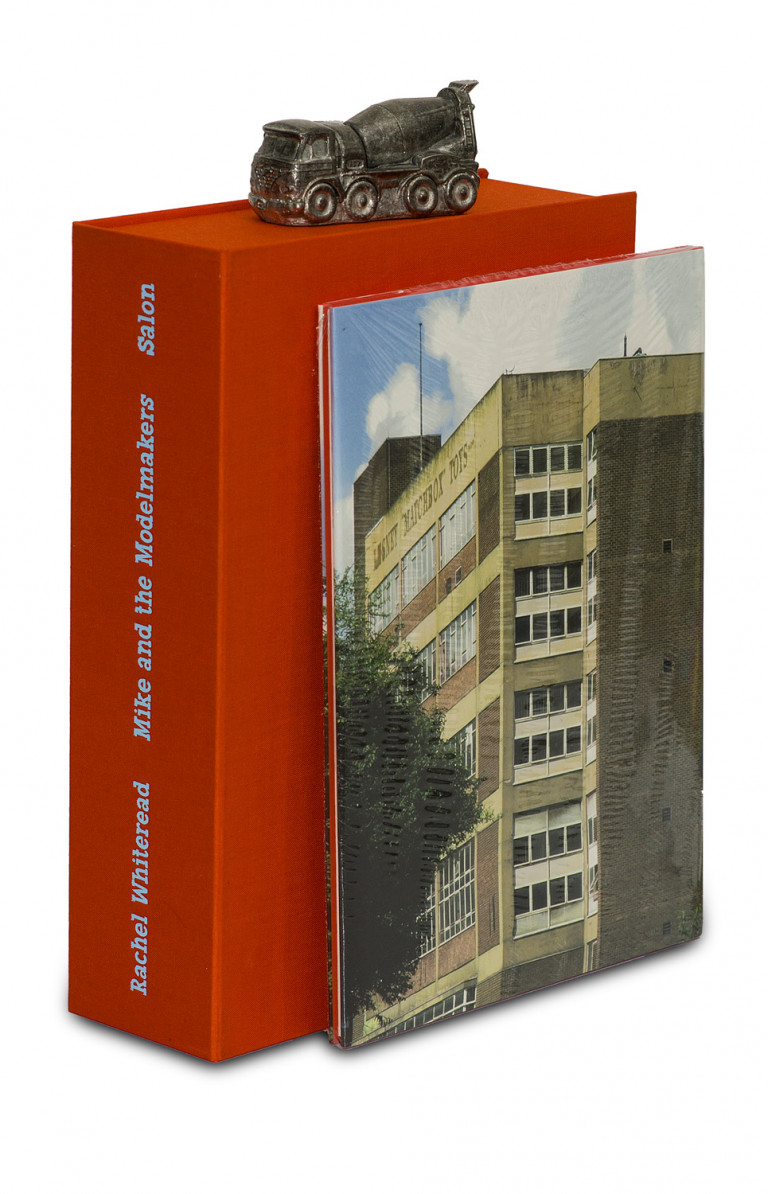



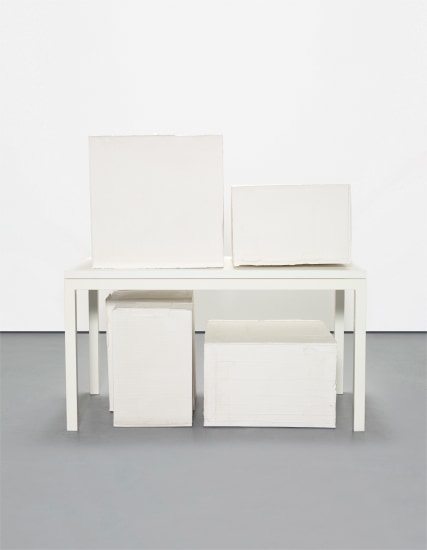
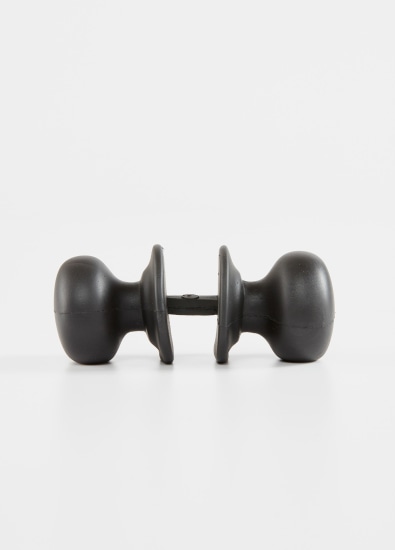
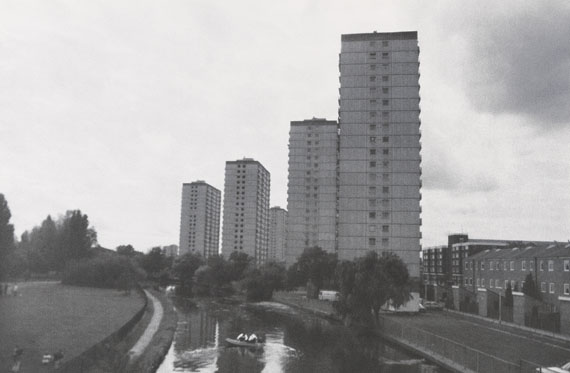
.jpg)


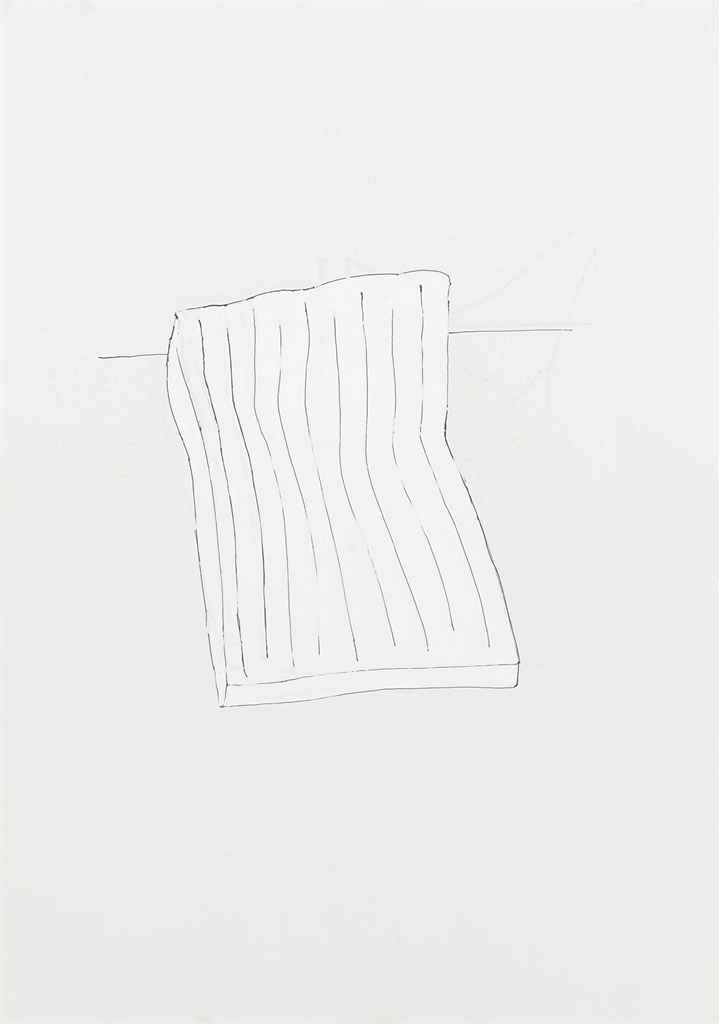
Try LotSearch and its premium features for 7 days - without any costs!
Be notified automatically about new items in upcoming auctions.
Create an alert